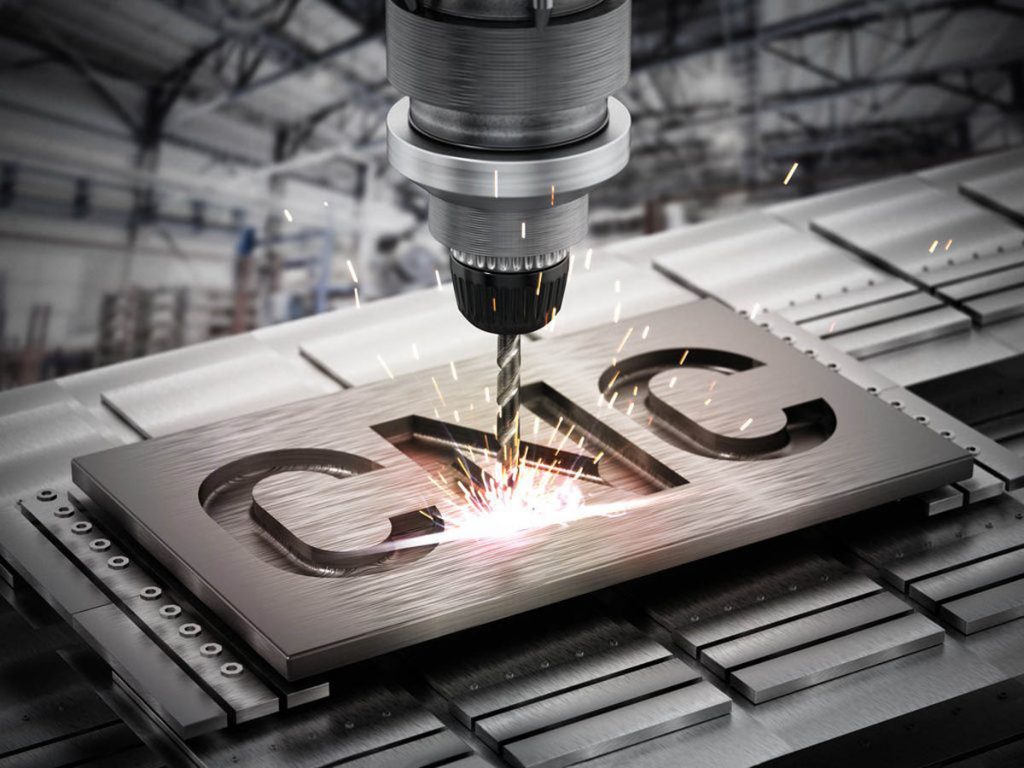What is CNC Machine?
CNC Machine; CNC Machining is a manufacturing process in which computers run programs that control how machines produce their parts. This method is a term commonly used in CNC machining, manufacturing, and industrial applications. Using CNC Software, these CNC Programs can control everything from machine movements to spindle speed, the heatsink on and off, and much more.
G-Code is the computer language used to program CNC Machines. To make the process easier, the g-code is rarely written by hand. Instead, visual programming tools called CAM Software are used to generate the g-code.
Some programs should be known to use CNC Machines. Autocad, CNC 3D, Solid Works, and similar programs are programs used to transmit NC (Numerical Control) codes to the CNC machining center. Thanks to these manufacturing programs, the part to be produced are tested and saved as an NC file. Then, the NC file is transferred to the CNC machine with external memory and after the controls are made, the production starts.
As Aktif Lazer, we take advantage of all the advantages of the CNC machine while doing Laser Cutting and we use CNC machines for zero error and mass production. You can click the link to get more information about Laser Cutting.
Now let’s move on to our topic.
What Does a CNC Machine Do?
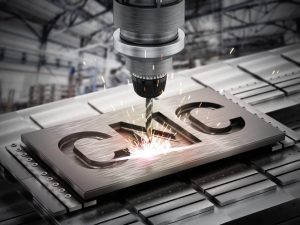
The automated nature of CNC machining enables high precision and high accuracy, simple parts, and cost-effective production while handling one-off and medium-volume production runs.
The aim is to provide maximum production by minimizing the manpower of CNC machines.
CNC machines, working with the logic of mass production, do the work of a single person in a few hours alone in a very short time, and much more products are produced than human power.
CNC machines are an indispensable technology for machining and mass production.
CNC Stands for;
CNC: “Computer Numerical Control” ie; It is the abbreviation of Computer Numerical Control (Computer-Aided Numerical Control). This is an evolution of the old term “NC” meaning “Numerical Control”. It refers to the idea of controlling machine tools via computer. So, CNC Machines are a kind of robot.
The emergence of the CNC Idea
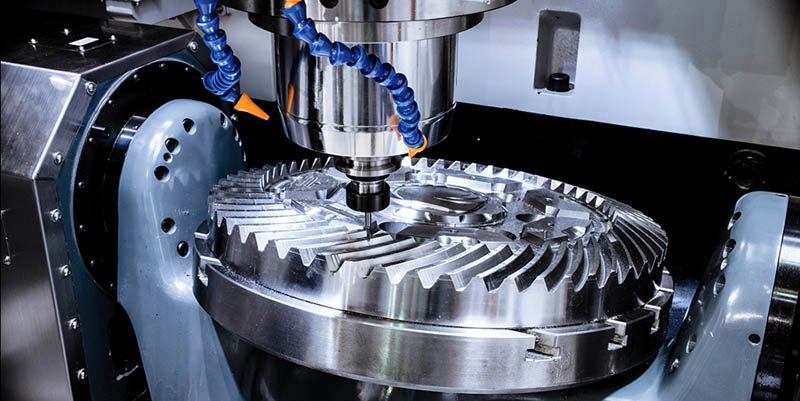
CNC machines are computer-controlled machine tools. Before CNC, machine tools were controlled manually by machinists.
With the CNC, a computer controls the servers that run the machine. Essentially, the machine is the process of processing robots. NC and later CNC allowed enormous increases in productivity for machine tools because machines could be operated automatically without requiring the constant attention of their operators.
Before the advent of this type of automation, there was a simpler automation capability in the form of hydraulic monitoring systems. Such systems used hydraulics to cause the cutting tools of a lathe or mill to follow or follow a pattern.
But the advent of the first NC, and then the CNC, radically increased the amount of automation possible during production. CNC Machining is the predominant method of machining materials today, but manual machining is also quite common for one-off, repair, and prototyping work.
People who run CNC Machines in workshops are called “CNC Operators” while people who write programs to automate production are “CNC Programmers“.
CNC Machines execute processes called “Part Programs” written in a special language called “G-Code”. A g-code part program can be coded directly, or CAM Software can be used to convert a CAD drawing of the part to a g-code.
For a long time, CNC Machines were strictly industrial machines as they cost tens of thousands of dollars. Today, DIY CNC makers make their CNC machines as a hobby, and there are also plenty of fine machines available in price ranges that make it possible to have a CNC machine at a home store.
The precision of CNC machines is largely a function of the quality of the machine. Machines designed for very high precision must be of very high quality and are therefore quite expensive.
Overview of CNC Machining Process
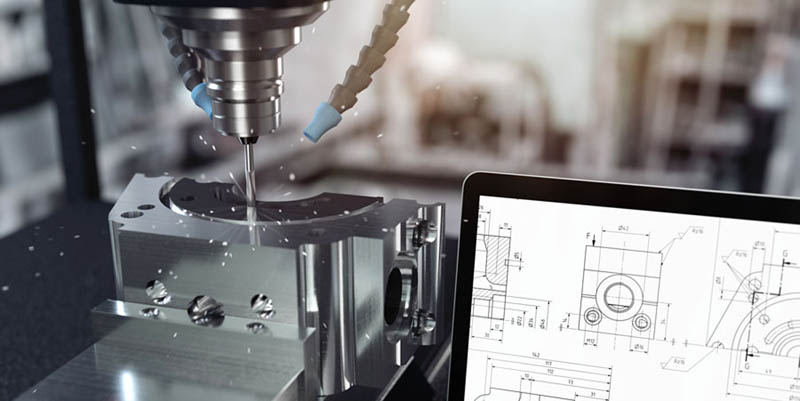
Developing from numerical control (NC) machining using punched strip cards, CNC machining is a manufacturing process that uses machines to shape stock material and computerized controls to operate and manipulate cutting tools. Metal, plastic, wood, foam, composite, etc. materials can be easily processed in CNC machines. Special pieces and designs. While the CNC machining process offers a variety of capabilities and operations, the basic principles of the process remain largely the same across all of them. The basic CNC machining process includes the following stages:
- Designing the CAD model
- Converting the CAD file to a CNC program
- Preparing the CNC machine
- Execution of processing
CAD: Computer-aided design (CAD) software are programs used to design and produce 2D vector or 3D solid part and surface treatments, as well as the necessary technical documentation and specifications for the part. Designs and models created in a CAD program are typically used by a CAM program to create the machine program necessary to produce the part with a CNC machining method.
CAD software can also be used to identify and define optimal part features, evaluate and validate part designs, simulate products without prototypes, and provide design data to manufacturers and job shops.
Types of CNC Machines
CNC Machine Tools
There are many different types of CNC Machines, including 3D Printers, CNC Mills, CNC Lathes, CNC Lasers, Electronic Blanking Machines (EDMs), CNC Routers, and more.
Milling
CNC Milling Machines
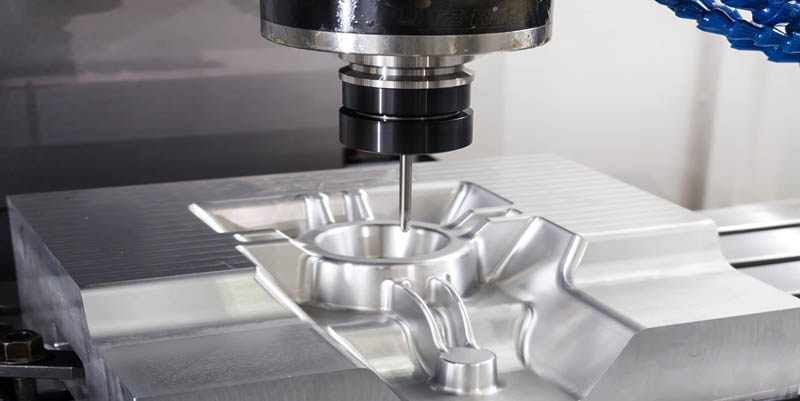
Milling uses rotating multipoint cutting tools to shape the workpiece. Milling cutters are oriented horizontally or vertically and include end mills, helical end mills, and chamfer end mills.
The CNC milling process also uses CNC-enabled milling machines, called milling machines, that can be oriented horizontally or vertically. Basic mills have three-axis mobility with more advanced models that accommodate additional axes. The types of mills available include hand milling, flat milling, universal milling, and multi-task milling machines.
CNC Lathes
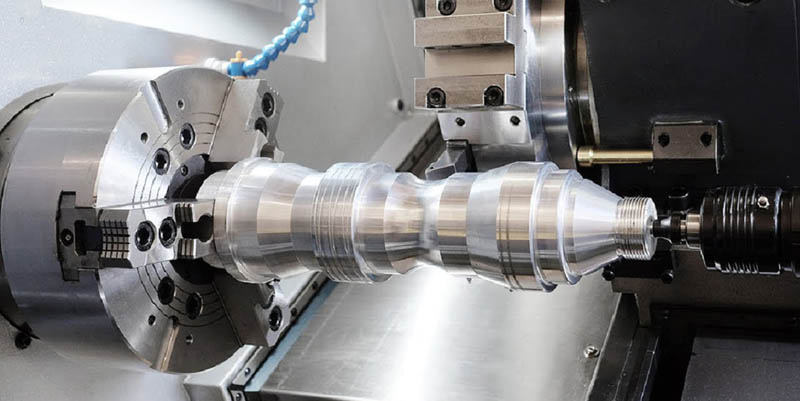
Turning uses single-point cutting tools to remove material from the rotating workpiece. The design of the turning tool varies according to the specific application available for roughing, finishing, coating, threading, forming, undercutting, parting, and grooving applications.
CNC lathes or lathes are also used in the CNC lathe process. Available lathe types include motor lathes and special-purpose lathes.
CNC Drilling Machines
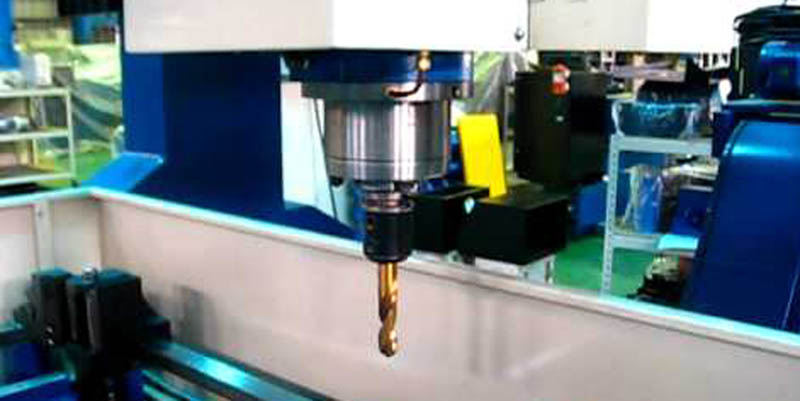
Drilling is done with rotating drill bits to create cylindrical holes in the workpiece. There are several types of drill bits, each used for a specific application. The types of drill bits available include:
- Spot tips (to create shallow or pilot holes),
- Peak drills (to reduce the number of chips on the workpiece),
- Screw machine drills (for creating holes without pilot holes),
- Mirror reamers (pre-manufactured holes for enlargement)
Typically, CNC drilling also uses specially designed CNC-enabled drill presses to perform the drilling process. However, the process can also be carried out with turning or milling machines.
As you can see, CNC machines are multifunctional, advantageous, and computer-aided programming products that provide the fastest mass production with different cutting techniques, minimizing manpower.
You can also contact us to take advantage of the advantageous opportunities of CNC machines.


